
Published:
Readtime: 6 min
The Lowdown:
Mezcal Beverage Assortment | Image: Gloria Sonda
Every product is carefully selected by our editors and experts. If you buy from a link, we may earn a commission. Learn more. For more information on how we test products, click here.
While there has certainly been a surge in the quality and quantity of mezcals hitting the market in recent years, many drinkers still don’t know much about Mexico’s second favourite spirit. Or should we say first? Let’s explain. The difference between tequila and mezcal remains a little murky and for good reason. Just like all bourbon is whiskey, but not all whiskey is bourbon – all tequila is mezcal, but not all mezcal is tequila. In actual fact, tequila is a type of mezcal produced using specific processes handed down over generations. As for what we commonly refer to as mezcal nowadays, this is the name given to all spirits made from agave.
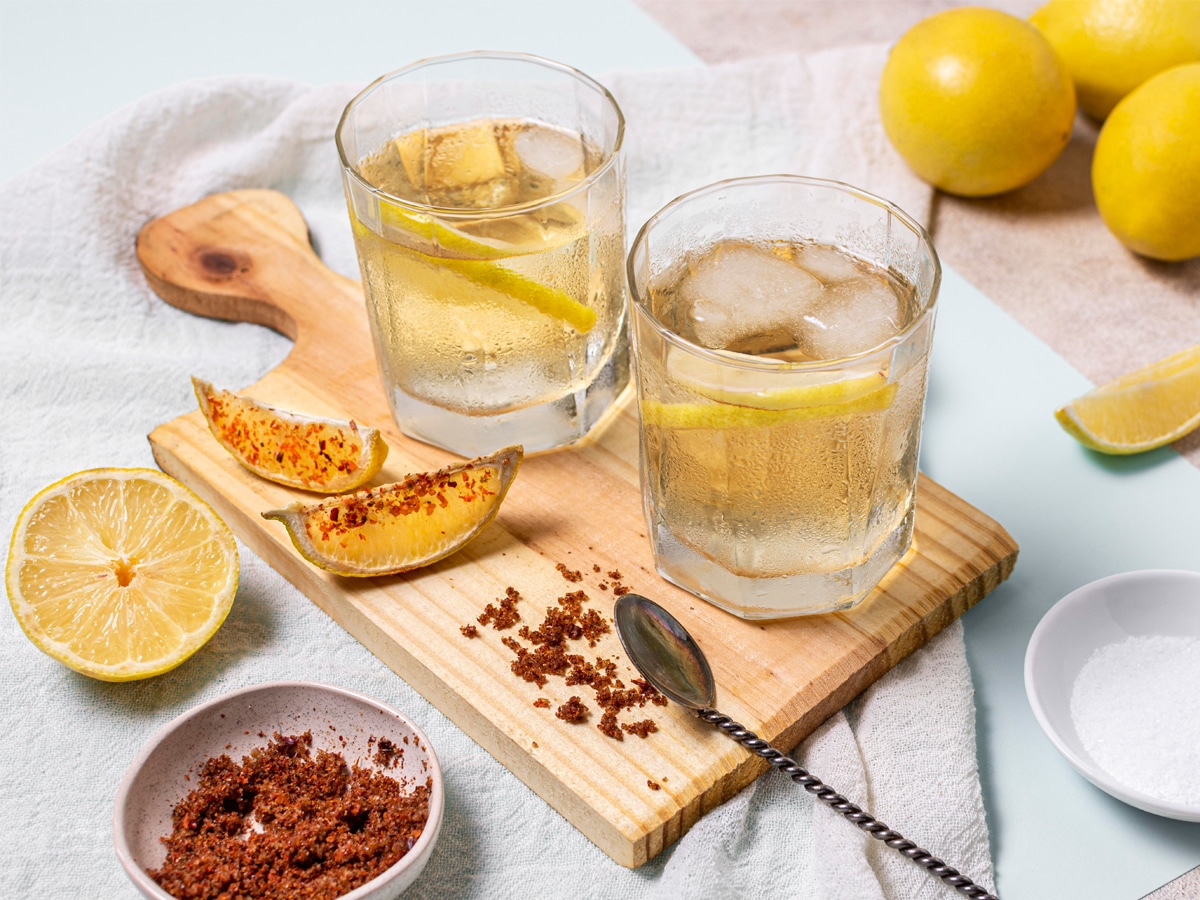
What is Mezcal?
The word mezcal comes from the Nahuatl (the native people, including the Aztecs, of southern Mexico) word mezcalli which translates into English to “cooked agave”. One of the oldest spirits in the world, it can trace its history to the 16th century when Spanish conquistadors began distilling in the southern regions of what is now Mexico.
Mezcal is the name for all types of spirits made from agave (in addition to tequila, other mezcals include bacanora, raicilla, and sotol). If you’re a fan of tequila, you likely know that it’s an agave-based spirit, thus making it a mezcal. To break it down, tequila is a mezcal that can only be made using Blue Weber agave. Mezcal can be made by using any type of agave. While we mentioned that tequila can only be made from one, there are actually more than forty different types of agave.
Importantly, Mezcal can only be made from 100 per cent agave without any additional adjuncts, additives, or flavourings. Tequila’s different categories are defined to explain any additional additives or ingredients. That’s why you’ll see the words “100 per cent Blue Agave” listed on the bottle as opposed to the Tequila Mixtos. These often much cheaper, often times bottom shelf tequilas only need to be made up of at least 51 per cent Blue Agave with the rest of the ingredients coming from sugars, corn syrup, and other things you wouldn’t want in your favourite cocktail.
Types of Mezcal
While tequila has many different categories explaining aging and ingredients, mezcal simply has three legally defined types. Per the Consejo Regulador del Mezcal, the national council that regulates mezcal, they are mezcal, mezcal artisanal, and mezcal ancestral.
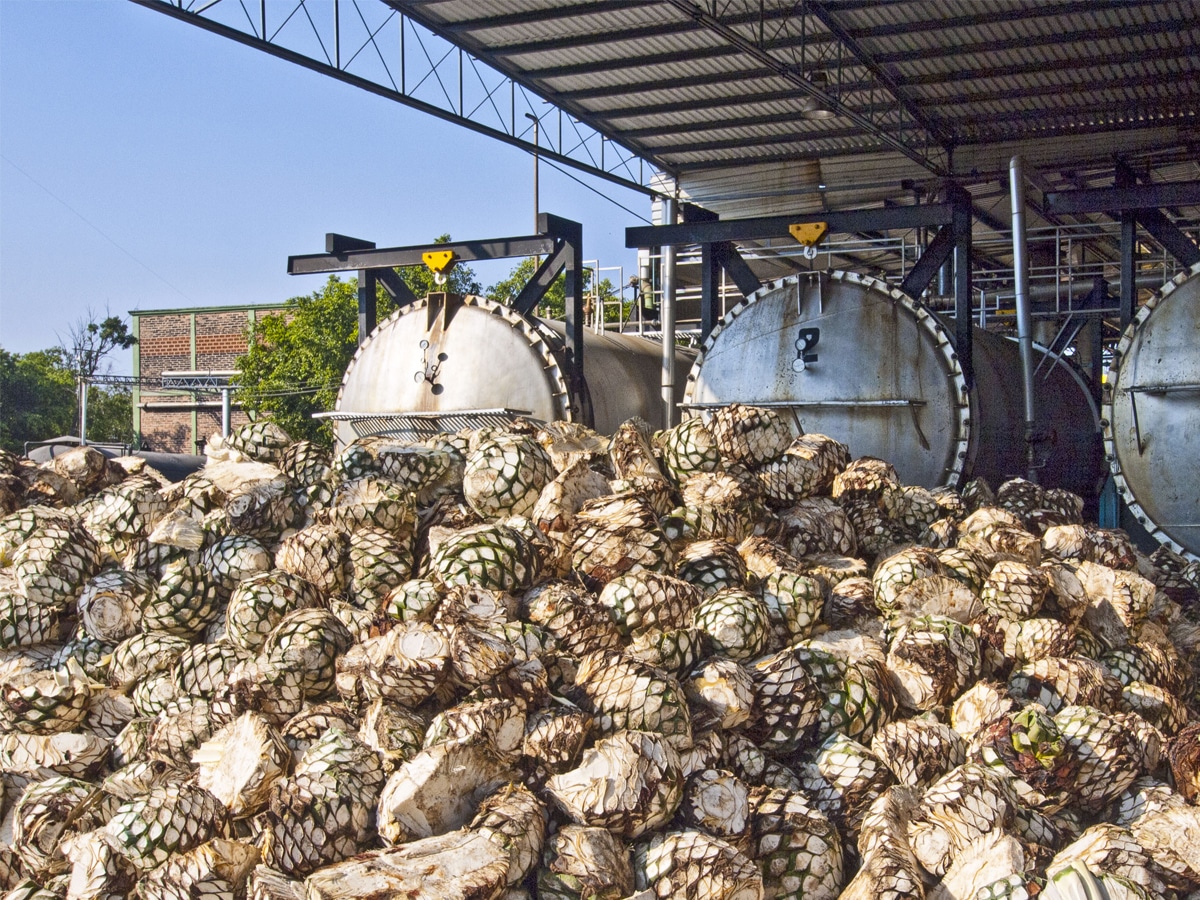
Mezcal
If you see “mezcal” on the label and not one of the other two designations, you’re likely buying something made in a larger facility possibly using autoclaves (a sealed metal vessel for baking or cooking agave) or diffusers (a mechanism that uses high-pressure water to separates sugars and extracts starch) and other high-tech equipment and more industrialised production. It’s similar to the way much of modern-day tequila is made.
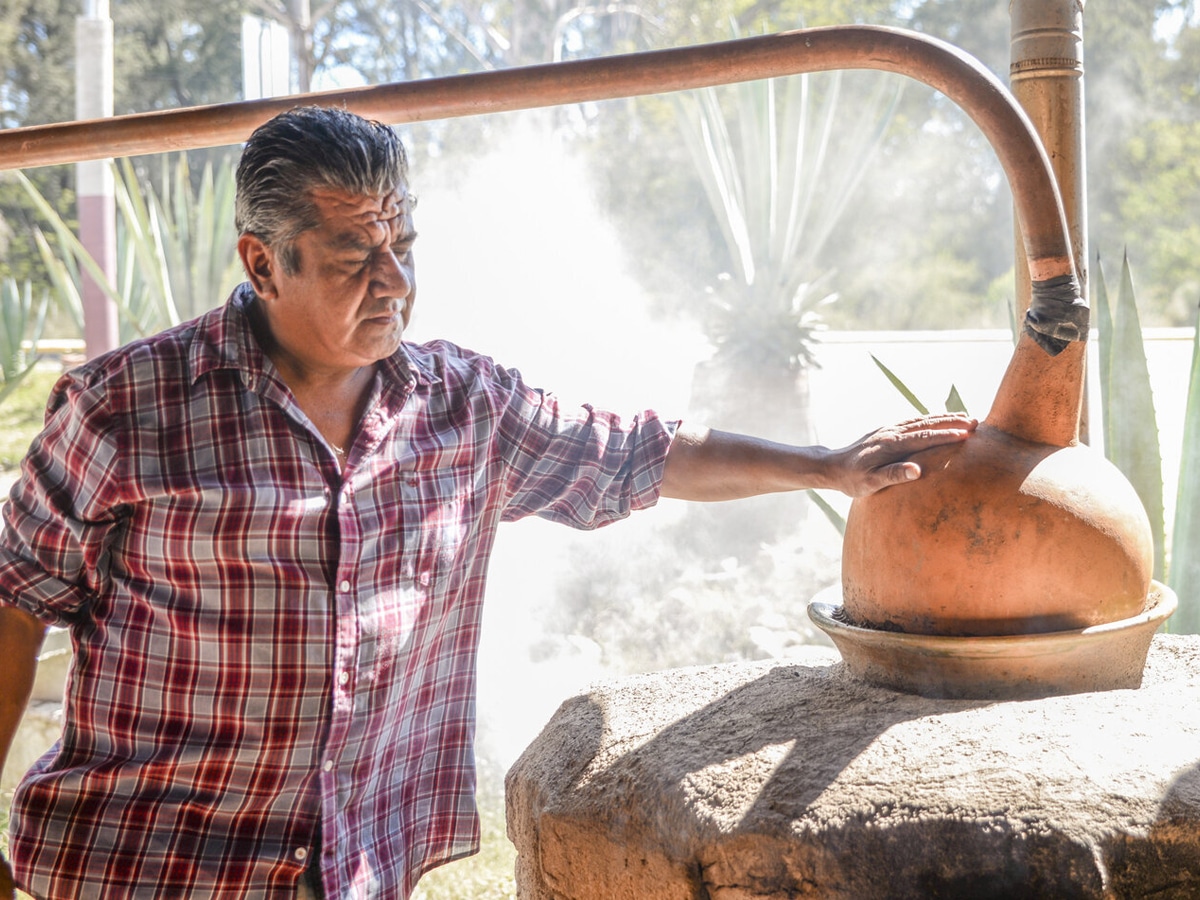
Mezcal Artisanal
When you take a look at mezcal labels, you’ll likely see a lot that are many bottles listed as mezcal artisanal. This popular designation means that the cooking of the agave is only done in traditional pit ovens and not using an autoclave or diffuser. They are, however, allowed to use copper pot stills to distil instead of clay pots. They can also use industrial shredders and crushers to grind the agave.
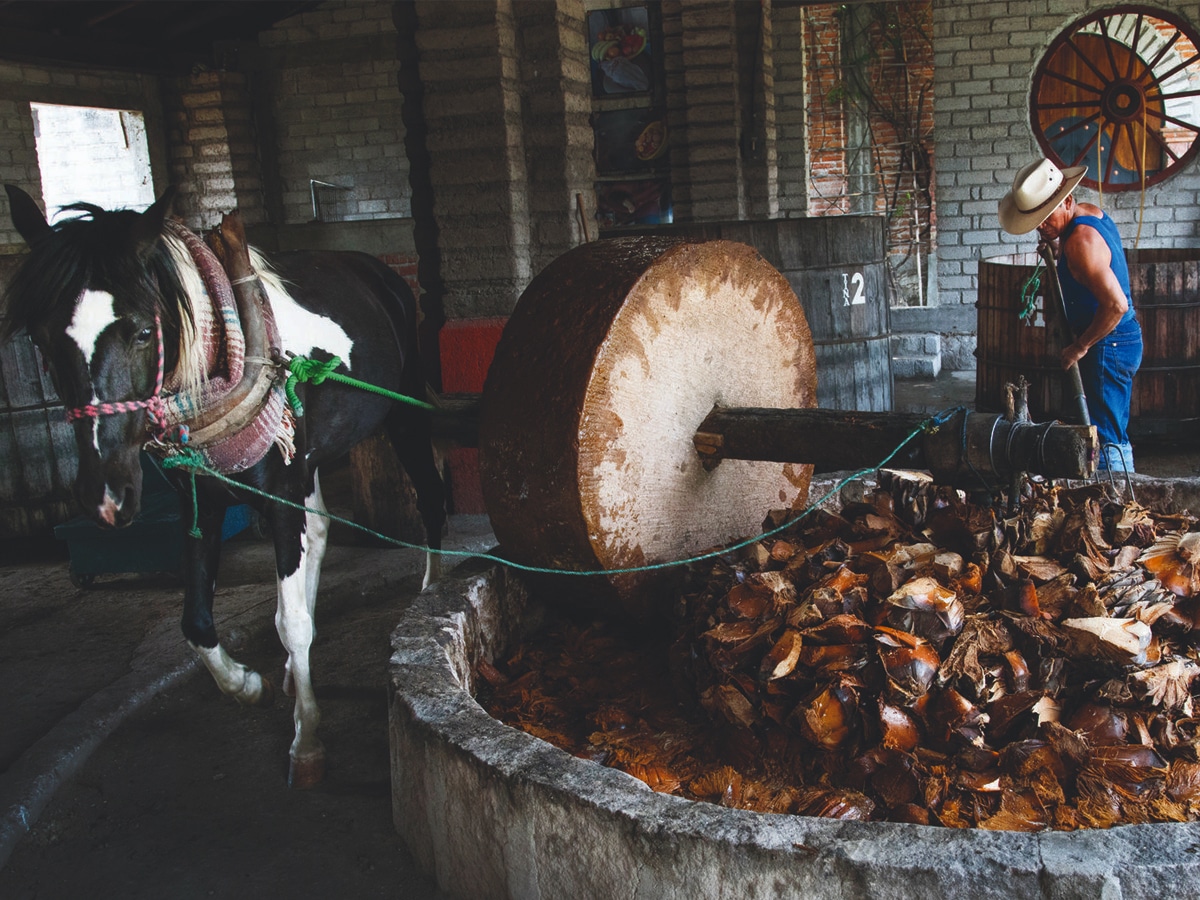
Mezcal Ancestral
If you want to sip on the most historical mezcal possible, you’ll grab a bottle or two designated with the term “mezcal ancestral”. These mezcals are made using the strictest, most traditional rules. The mescalero (or mezcal maker) must only use pit ovens to roast the agave, they can’t use mechanical shredders (instead many use a stone wheel called a Tahona that’s pulled by a horse or donkey), they can’t ferment in stainless steel tanks, and some even use clay pots to distil the spirit.
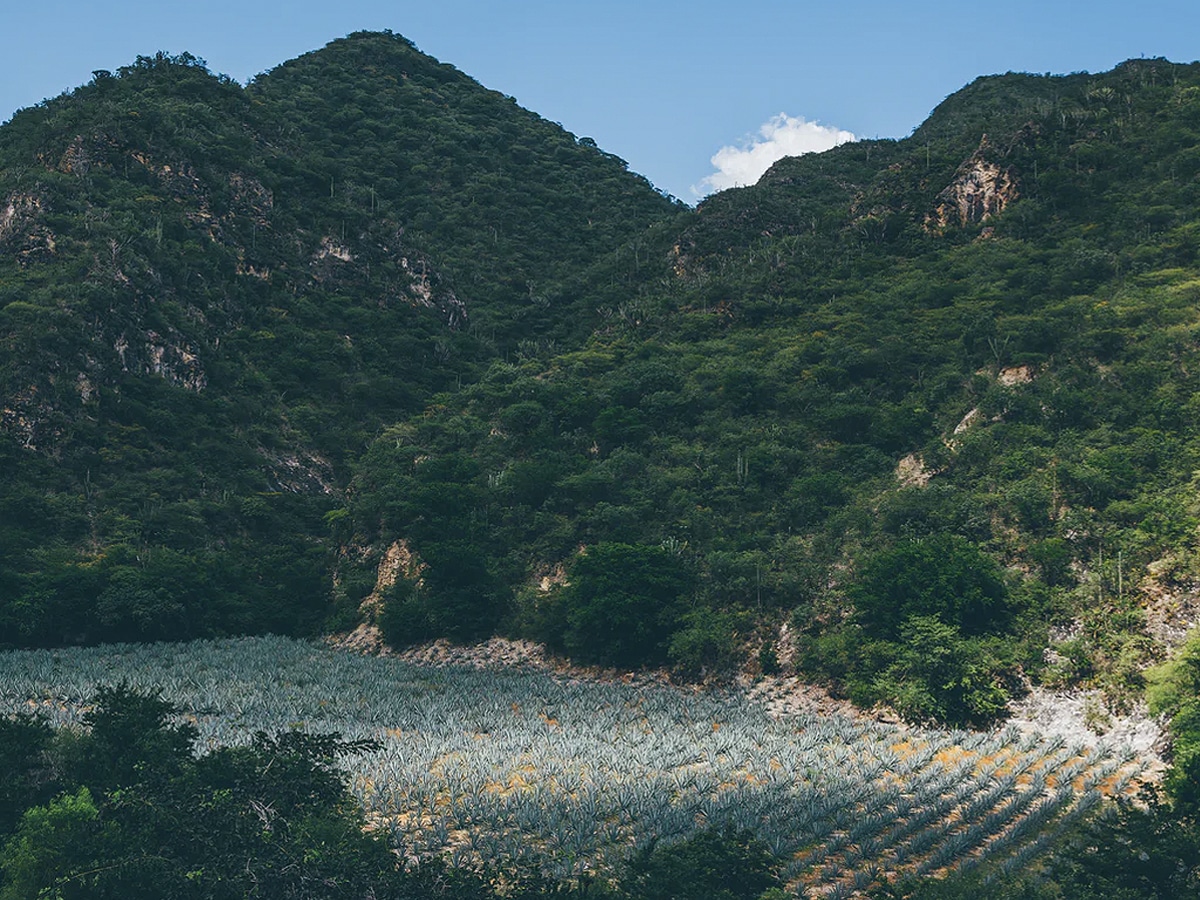
Region of Origin
Tequila also has rules about where it can be produced. Obviously, it can only be made in Mexico, but it also can only be labelled as tequila if it’s made in the state of Jalisco (where the city of Tequila itself is located) and in various areas of the surrounding states of Tamaulipa, Nayarit, Guanajuato, and Michoacán. But like with bourbon where 95 per cent of it is made in Kentucky, a majority of tequila comes from Jalisco. Mezcal, on the other hand, has its own specific denomination of origin.
While most of the mezcal you’ll find on the shelf was produced in the state of Oaxaca (similar to most tequila being produced in Jalisco), mezcal can be made in Guanajuato, Puebla, Durango, San Luís Potosí, Michoacán, Guerrero, Tamaulipas, and Zacatecas.
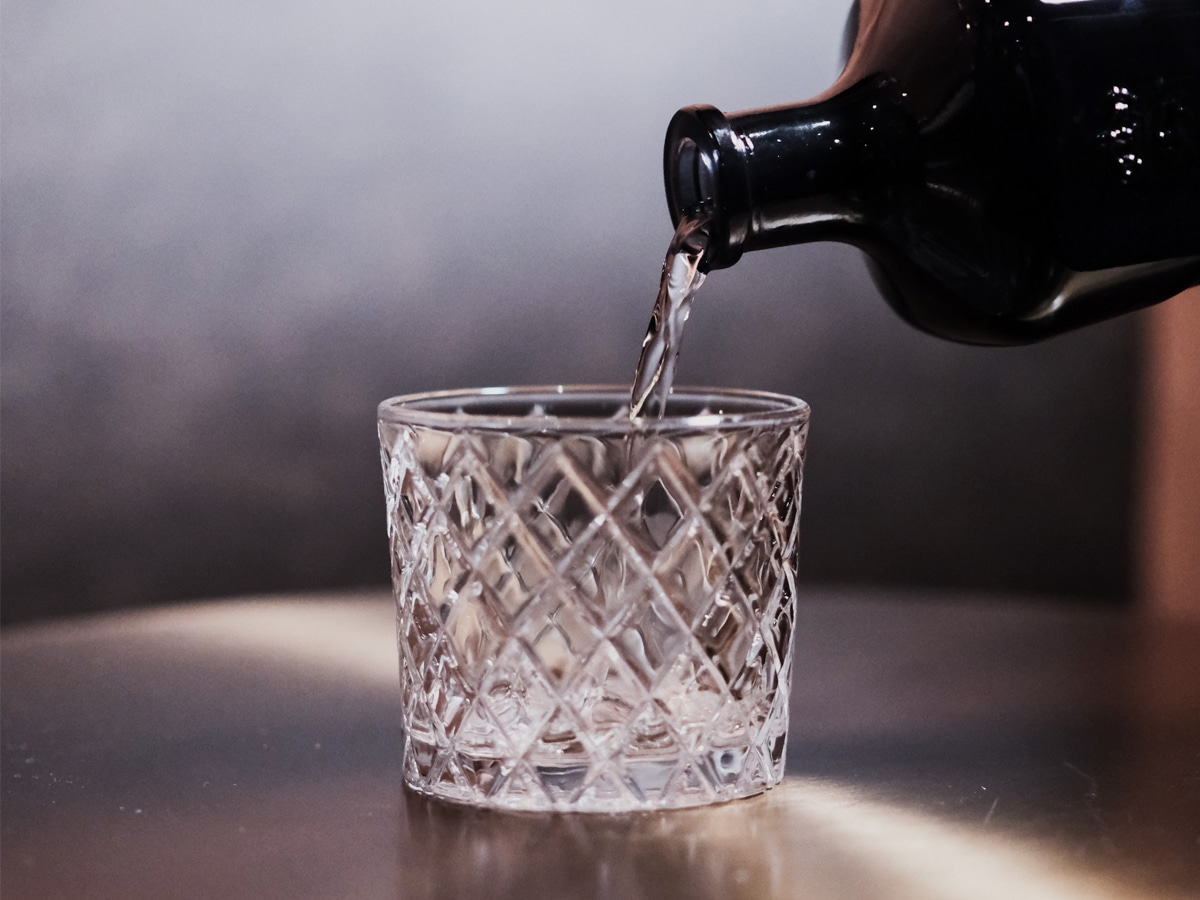
How to Drink Mezcal
Like tequila, you can enjoy mezcal any way you prefer. Neat, on the rocks, mixed into your favourite cocktail, however, you prefer it. While we’re not here to tell you how to enjoy something, if you want to get the most out of a well-made mezcal, you’ll drink it neat, like a nuanced whisky or aged rum. If you do that, you’ll be treated to myriad flavours including herbal, earthy, and vegetal sweetness from the agave itself as well as smoky flavours from the roasting process and vanilla, caramel, and oaky flavours from maturation.
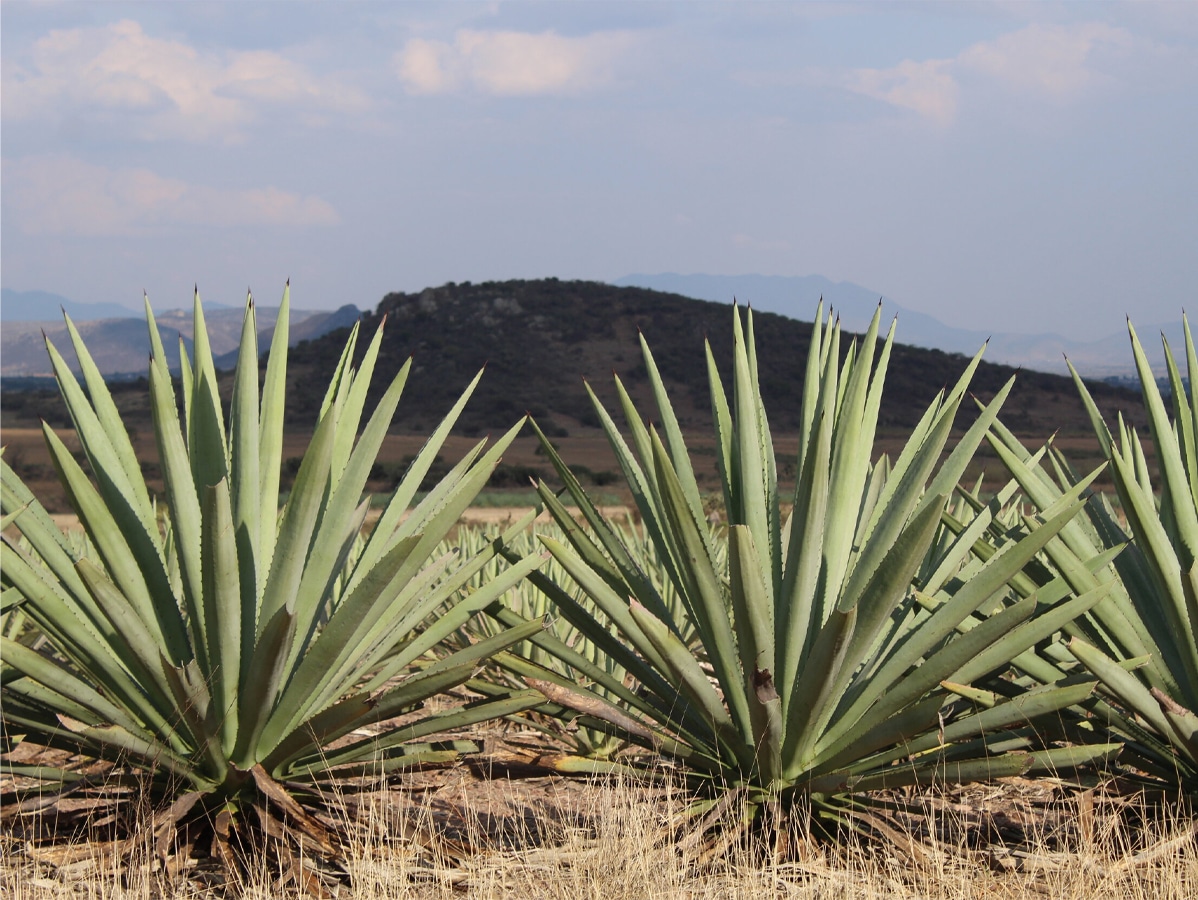
What is Mezcal Made From?
Mezcal is made using the core of the agave plant (just like tequila). This core is referred to as the piña. After the mescaleros procure the cores, they roast them in the ground or using an autoclave. On top of being traditional, cooking in ground pits gives the mezcal a smokier taste. Mezcal makers can use any type of agave they want. Some of the most popular varieties are Espadín, Tobalá, Cupreata, Tepextate, and various others.
It’s then mashed or shredded to remove the juices and sugars before it’s fermented, distilled, and then rested or matured in oak barrels. After that, it’s bottled and ready to be enjoyed by you and me.
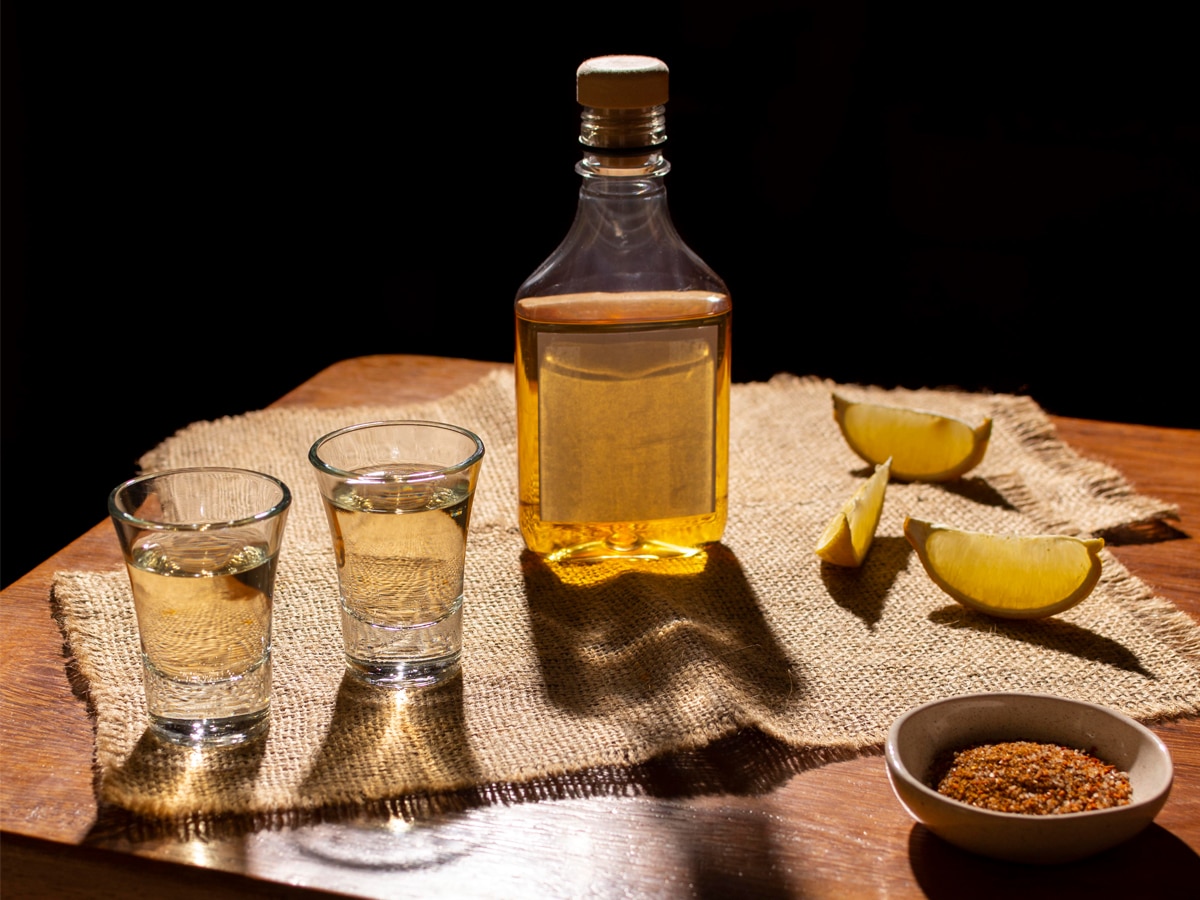
Mezcal vs Tequila
As we mentioned earlier, all tequila is mezcal, but not all mezcal is tequila. Tequila can only be made using Blue Weber agave and mezcal can be made with any agave. Tequila is known for its mellow, sweet, and lightly fruity flavour profile.
The longer it’s aged, the more flavours like caramel, vanilla, oak, and tobacco are imparted. Mezcal on the other hand is known for its mix of vegetal, agave sweetness along with mature flavors like vanilla, oak, toffee, and various spices. Depending on how it’s made, it can have a light to robust smoky flavour as well.


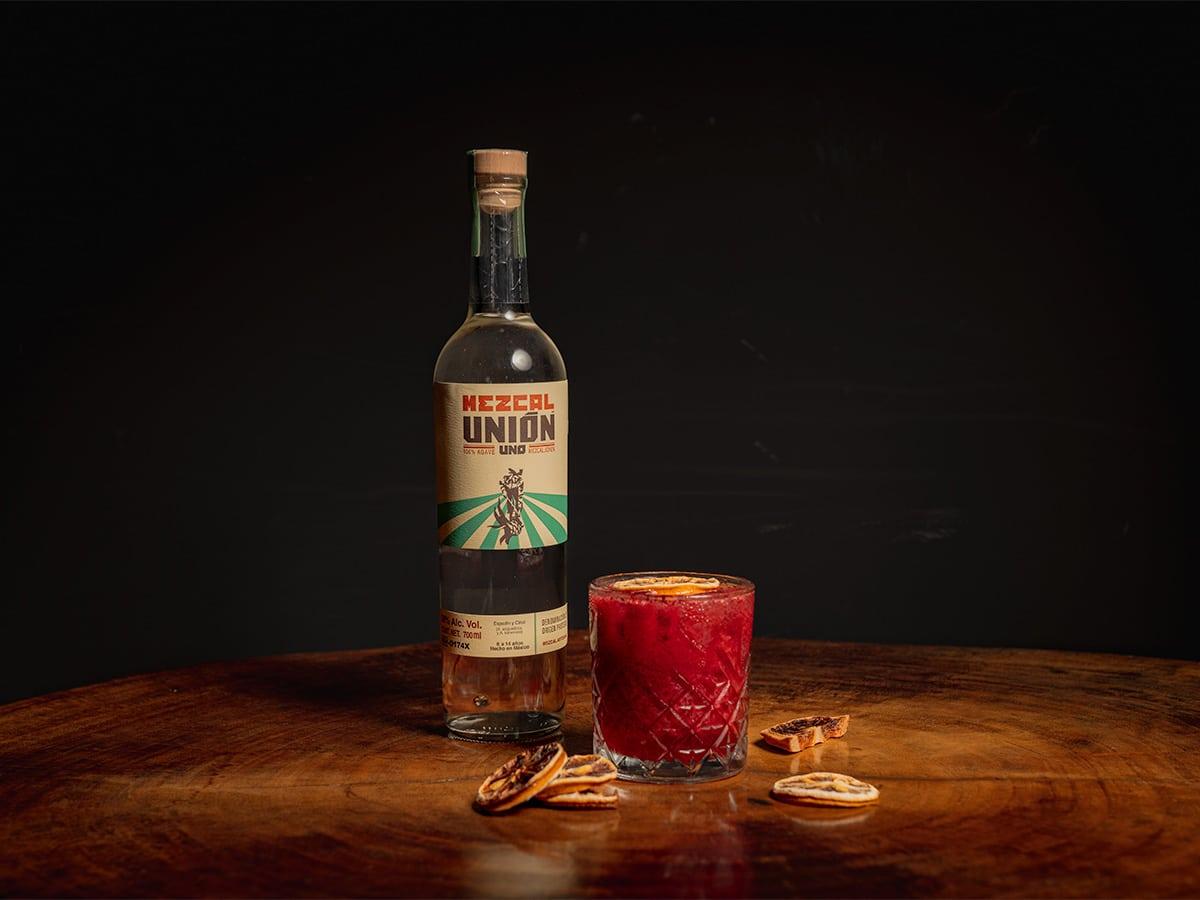









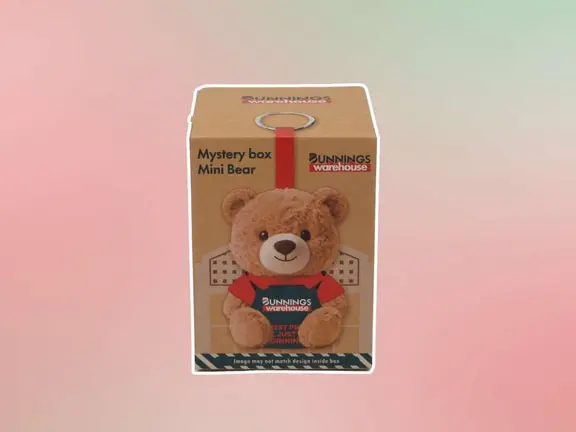











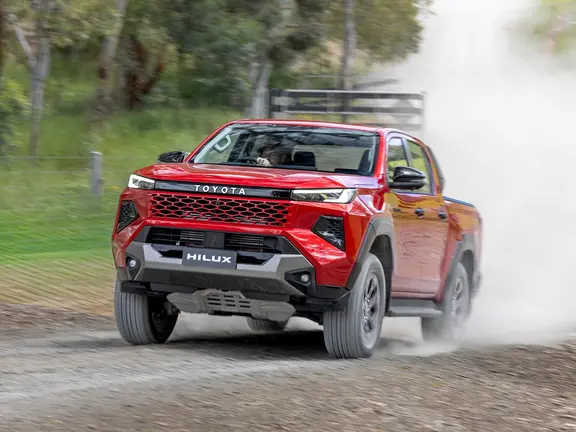







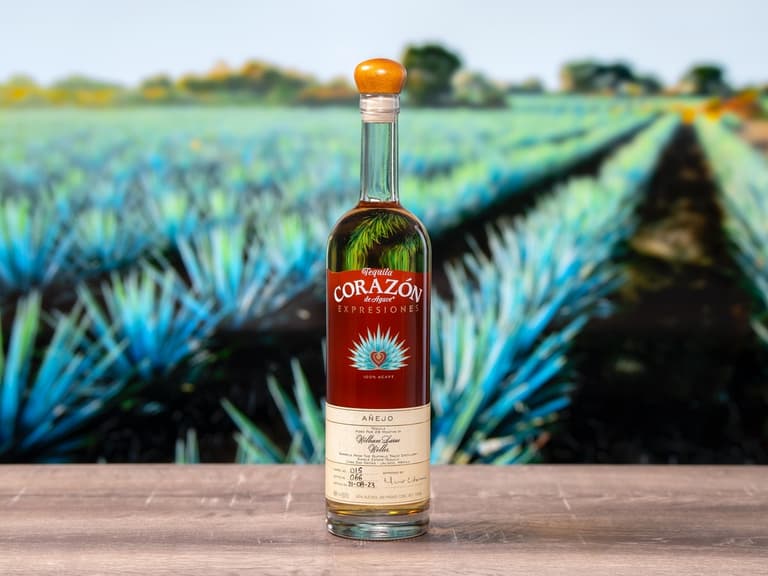

Comments
We love hearing from you. or to leave a comment.